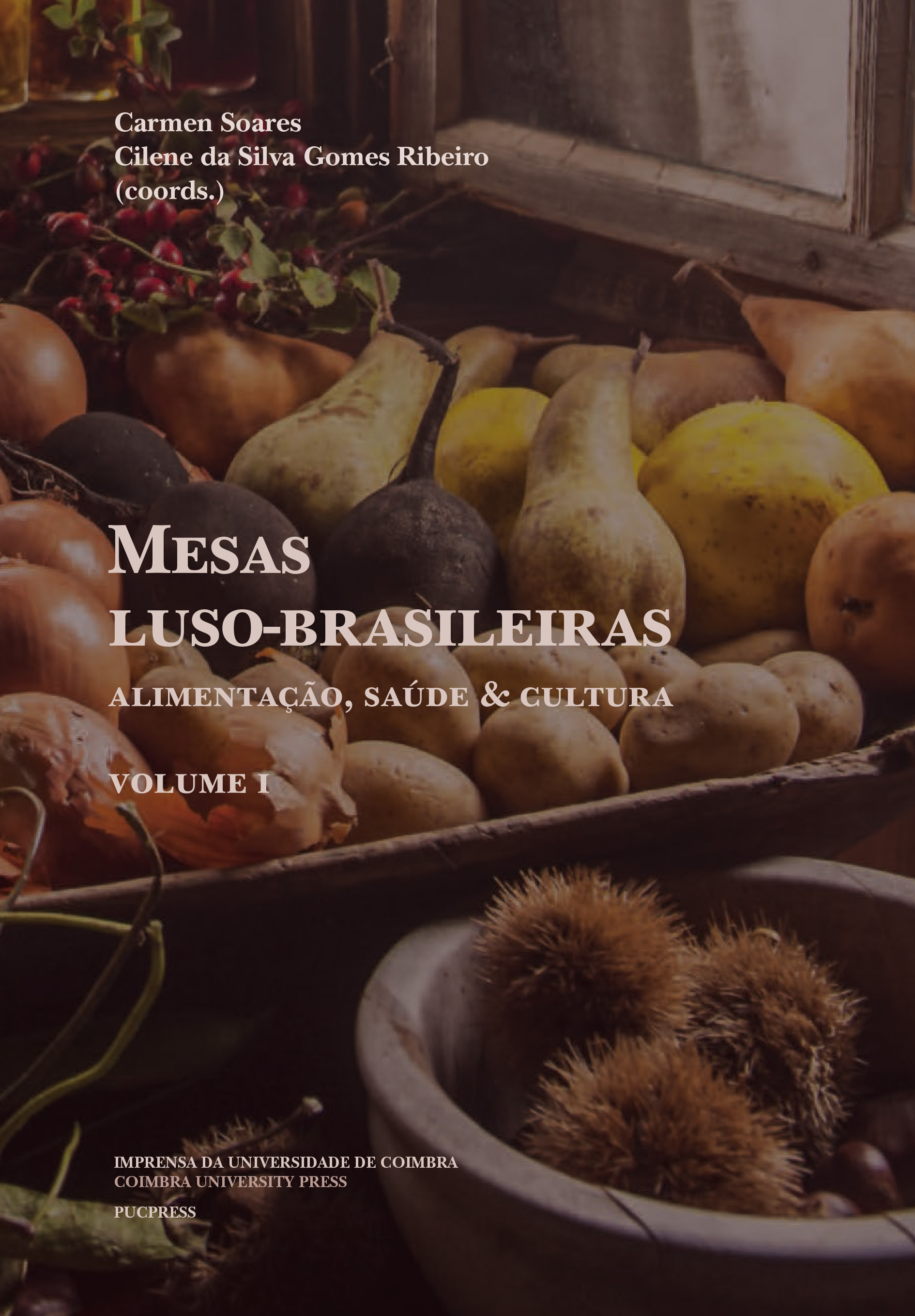Dioscorides extended: the Synonyma Plantarum Barbara
Dioscórides ampliado: Synonyma Plantarum Barbara
Andrew Dalby
The article provides a survey of the state of knowledge and research on a collection of multilingual glosses of wild plant names in Greek, Latin and other languages and healing traditions of the Roman Empire. The collection was named Synonyma plantarum barbara by Kurt Sprengel in 1829. It is known in two forms, in Greek script as part of the alphabetical recension of the Materia Medica of Dioscorides, and in Latin script as part of the Herbarius ascribed to pseudo- Apuleius. Among the regional languages prominent in this collection are Etruscan, Gaulish, Dacian and ‘Egyptian’. There has been much study of the plant names in certain individual languages in the collection, inconclusive discussion of its date, and hardly any consideration of its purpose. Its authorship has been attributed, on weak evidence, to Pamphilos of Alexandria. It is proposed here that the collection should be regarded as anonymous; that its aim was to assist the sourcing of medicinal wild plants by physicians, for example army doctors, in the Roman provinces; that its usefulness would have been greatest in the 2nd century AD, and that it was probably compiled at that period, soon after the Roman conquest of Dacia. The collection as a whole has been neglected by scholars, and would reward further study for what it can tell us of the sociolinguistics, the herbal medicine, and the competing medical traditions of the Roman Empire.
—
ISBN: 978-989-26-1718-3
eISBN: 978-989-26-1721-3
DOI: 10.14195/978-989-26-1721-3_1
Área: Artes e Humanidades
Páginas: 22-35
Data: 2018
Keywords
—
Outros Capítulos (13)
Dioscorides extended: the Synonyma Plantarum Barbara
Andrew Dalby
https://doi.org/10.14195/978-989-26-1721-3_1
Apício como opus medicinale na Itália do Século XV: estudo de caso a partir de três manuscritos fiorentinos
Wanessa Asfora Nadler
https://doi.org/10.14195/978-989-26-1721-3_2
“Dar de comer a quem tem fome”: a dieta alimentar dos pobres e doentes de Coimbra na Idade Média
Ana Rita Rocha
https://doi.org/10.14195/978-989-26-1721-3_3
De “caldos esforçados” e “receitas para doentes”. Culinária e Saúde no Portugal Moderno (sécs. XVI e XVII)
João Pedro Gomes
https://doi.org/10.14195/978-989-26-1721-3_4
A Botica Colonial: apontamentos sobre saúde e alimentação na América Portuguesa (Minas Gerais - século XVIII)
Leila Mezan Algranti
https://doi.org/10.14195/978-989-26-1721-3_5
A alimentação dos expostos através da memória sobre a preferência do leite de vaccas (1812), de José Pinheiro de Freitas Soares (1769-1831)
Kevin Carreira Soares
https://doi.org/10.14195/978-989-26-1721-3_6
Anunciar alimentos e seduzir consumidores: a publicidade na revista Ilustração (1926-1939)
Isabel Drummond Braga
https://doi.org/10.14195/978-989-26-1721-3_7
O vinho no bem-estar da mesa e do corpo
Raquel Seiça
https://doi.org/10.14195/978-989-26-1721-3_8
«Et il fuoco fa che la pignata mandi sopra la schiuma»: quando la lussuria sta in cucina? Santi francescani italo-lusitani e disciplina sociale tra medioevo e prima etá moderna
Paola Nestola
https://doi.org/10.14195/978-989-26-1721-3_9
A Simbólica do Gosto no Escadório dos Sentidos do Bom Jesus do Monte – Braga
Rogério Sousa
https://doi.org/10.14195/978-989-26-1721-3_10
A festa de Santo Antônio dos lusobrasileiros: religiosidade, comida e lazer
Ariza Maria Rocha
https://doi.org/10.14195/978-989-26-1721-3_11
Quando o doce é corpo: antropomorfismo e antroponímia na doçaria tradicional portuguesa
Paula Barata Dias
https://doi.org/10.14195/978-989-26-1721-3_12
O que comem os orixás nos terreiros de candomblé de nação Ketu de Salvador, Bahia: uma perspectiva etnoarqueológica
Ademir Ribeiro Junior;Tania Andrade Lima
https://doi.org/10.14195/978-989-26-1721-3_13

